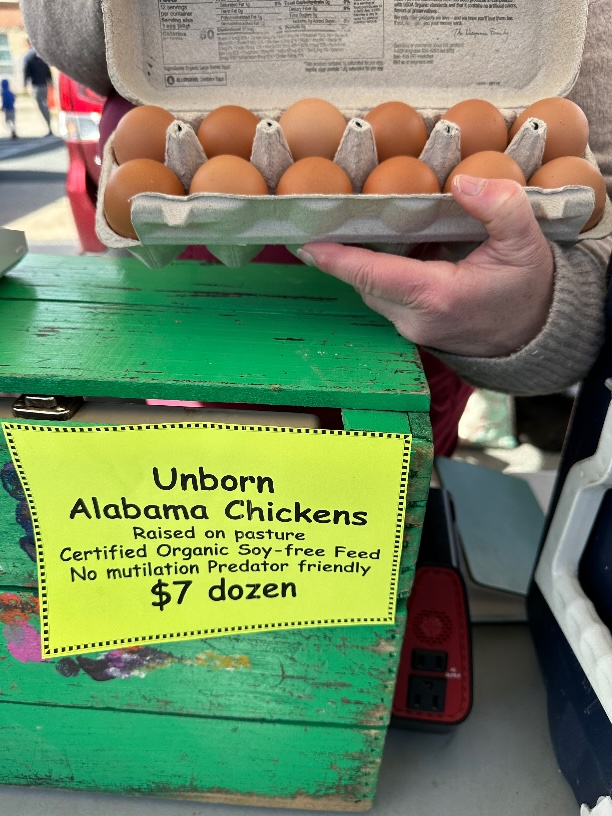Muxu meat dishes: the art of bricolage
I've eaten a lot of muxu beef / pork / chicken / shrimp in my day, and I love the combination of meat strips, black "wood ear" fungus, scrambled eggs, daylily, and cucumber served wrapped in a thin, soft pancake. Usually I'm compulsive about knowing the meaning of the names of dishes that I eat, but muxu has always defeated me. I'm not even sure how to pronounce the name (it's also transcribed as moo shu, mushu, and mooshi) nor how to write it in characters (variants include completely unrelated 木须, 木樨, etc.).
When I first encountered the dish decades ago, I spent a fair amount of time trying to unravel the jumbled meanings, pronunciations, and written forms of the name. However, since I was getting nowhere fast, I soon gave up on those investigations (in the days before the internet and search engines, things were much harder to figure out). Then I spent so many years wandering around overseas, and I simply didn't encounter muxu for a long time.
Read the rest of this entry »




